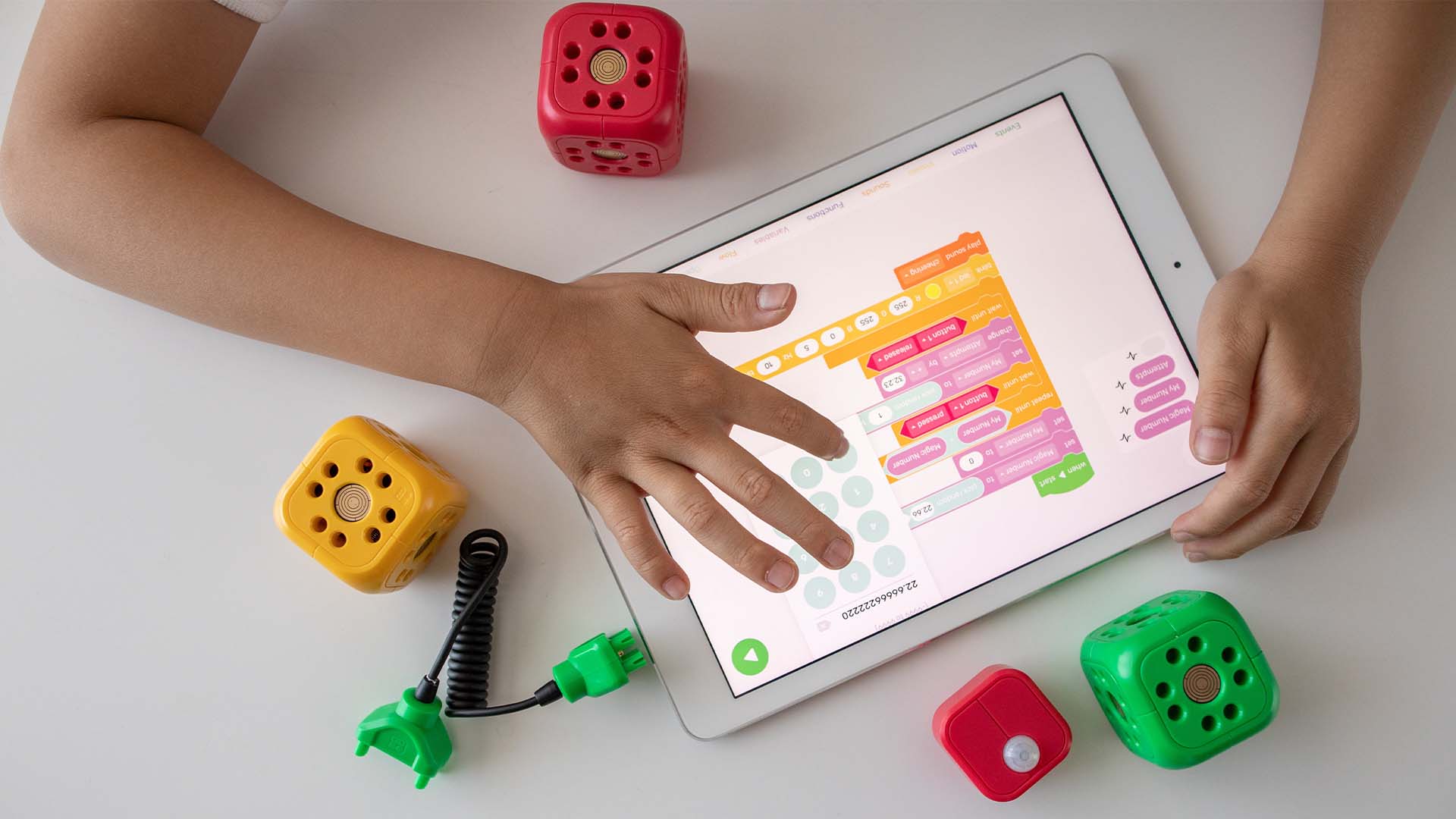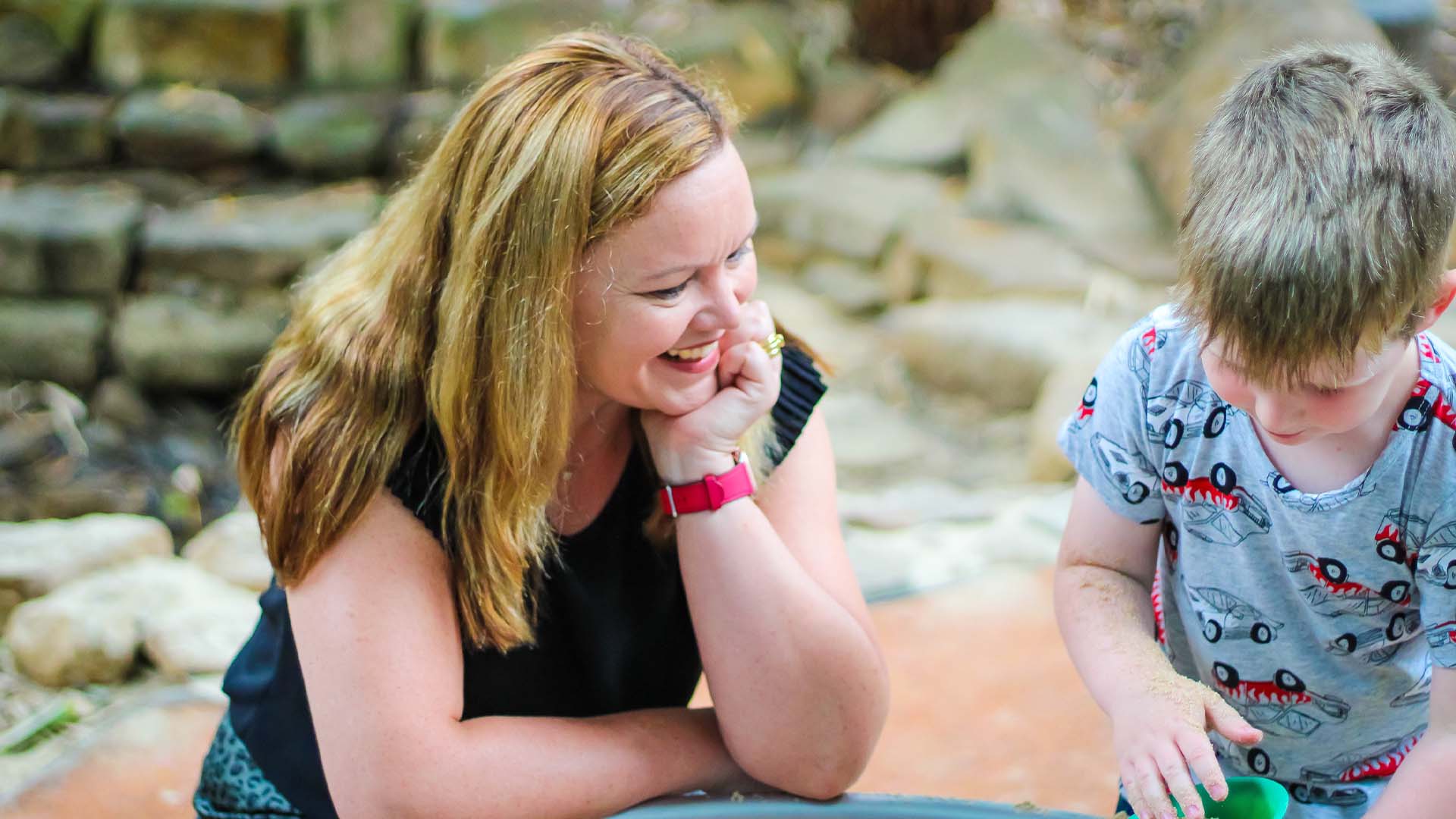UOW to launch the Children’s Technology Play Space that fosters interdisciplinary dialogue about children’s digital experiences

When the Australian Centre for the Digital Child opened a node at the University of Wollongong (UOW) last year, times had never been more precarious for in-person relationships. The COVID-19 pandemic had thrust all of us into the digital space, whether we wanted it or not. Work, school, play and entertainment were all facilitated through technology. From Zoom calls, e-lessons and telehealth appointments to virtual catchups with friends and online yoga – there was no escape from being online.
Unsurprisingly, many parents had started to voice their concerns and tensions about digital screen time, often feeling guilty about their children’s use of technology. Families felt that the messages about how to use digital technologies with kids and available screen-time guidelines were often conflicting. That’s why the pragmatic, research-based approach of the Australian Centre for the Digital Child was a welcome relief for many.
Now, a year later, another iteration of the Centre is opening within UOW’s Early Start, next door to the much-loved Discovery Space. Called the UOW Children’s Technology Play Space, it is a living laboratory with digital experiences available for children from birth to eight years of age and their parents, as well as a place for educators and industry partners to come and work with the research team. The space will offer an opportunity for interdisciplinary and intergenerational dialogue, and an inspiration to use technology in smart and innovative ways.
“The Australian Centre for the Digital Child and its newest addition, the UOW Children’s Technology Play Space, is dedicated to creating positive digital childhoods for all Australian children,” says Professor Lisa Kervin, the Research Director at UOW’s Early Start and UOW’s Node Director for the Centre of Excellence.

Professor Lisa Kervin from UOW’s Early Start
“UOW research has been leading the way in our understanding of digital play, particularly digital imaginative play. When we think about our children’s relationship with technology, this kind of play is crucial for development as a way to explore, experiment and manipulate their understandings of the world,” Professor Kervin said.
UOW Children’s Technology Play Space has been designed to provide a place for children and their families to be involved in cutting-edge research around how technologies can be safely used with young children. The space will host a number of research projects for the Centre, focusing on the educated child, the healthy child and the connected child. Located alongside Early Start’s Discovery Space, Children’s Technology Play Space will be available to the public through regular digital playgroups (details to be announced). During these hands-on workshops, both parents and kids will learn how to use technology smartly.
“Never before has technology been so important in families’ lives. Families are dealing with mixed messages about what is and isn’t appropriate for their children. The reality is that digital technology is firmly part of the lives of many families, including young children.”
“Yet what’s important is for parents to be able to choose quality apps for their young children and learners and to facilitate the smart use of these apps at home. The design of the digital tools is essential to how it will affect children’s development, as, for the most part, technology might equally restrict or encourage the developmental process. Not all screens and uses of technology are equal,” Professor Kervin said.
There’s evidence showing that technology can be a wonderful addition to any child’s development, fostering literacy, creativity, self-regulation and growth. For example, researchers from the Australian Centre for the Digital Child have created recommendations for parents to guide the selection and use of apps for digital play. According to these guidelines, apps should be fun but, at the same, motivate children to use their imagination while encouraging collaboration with others. They should also feature a creative component, enabling children to produce (not just consume) the digital tools and offer a connection between on-screen and off-screen play. Alongside this are considerations for privacy and online safety for children.
In addition to digital playgroups, the Children’s Technology Play Space plans to also open the space to educators and families at different times for a seminar program to investigate children’s digital experiences and share evidence-based examples.
UOW academics involved in the Australian Centre for the Digital Child and UOW Children’s Technology Play Space
The UOW node led by Professor Kervin includes: Chief Investigators – Professor Sue Bennett, Associate Professor Dylan Cliff, Associate Professor Steven Howard; Associate Investigators – Associate Professor Jessica Mantei, Associate Professor Cathrine Neilsen-Hewett and Associate Professor Irina Verenikina and Research Fellows – Dr Kelly Johnston, Dr Jade Burleyand Dr Rebecca Ng.








